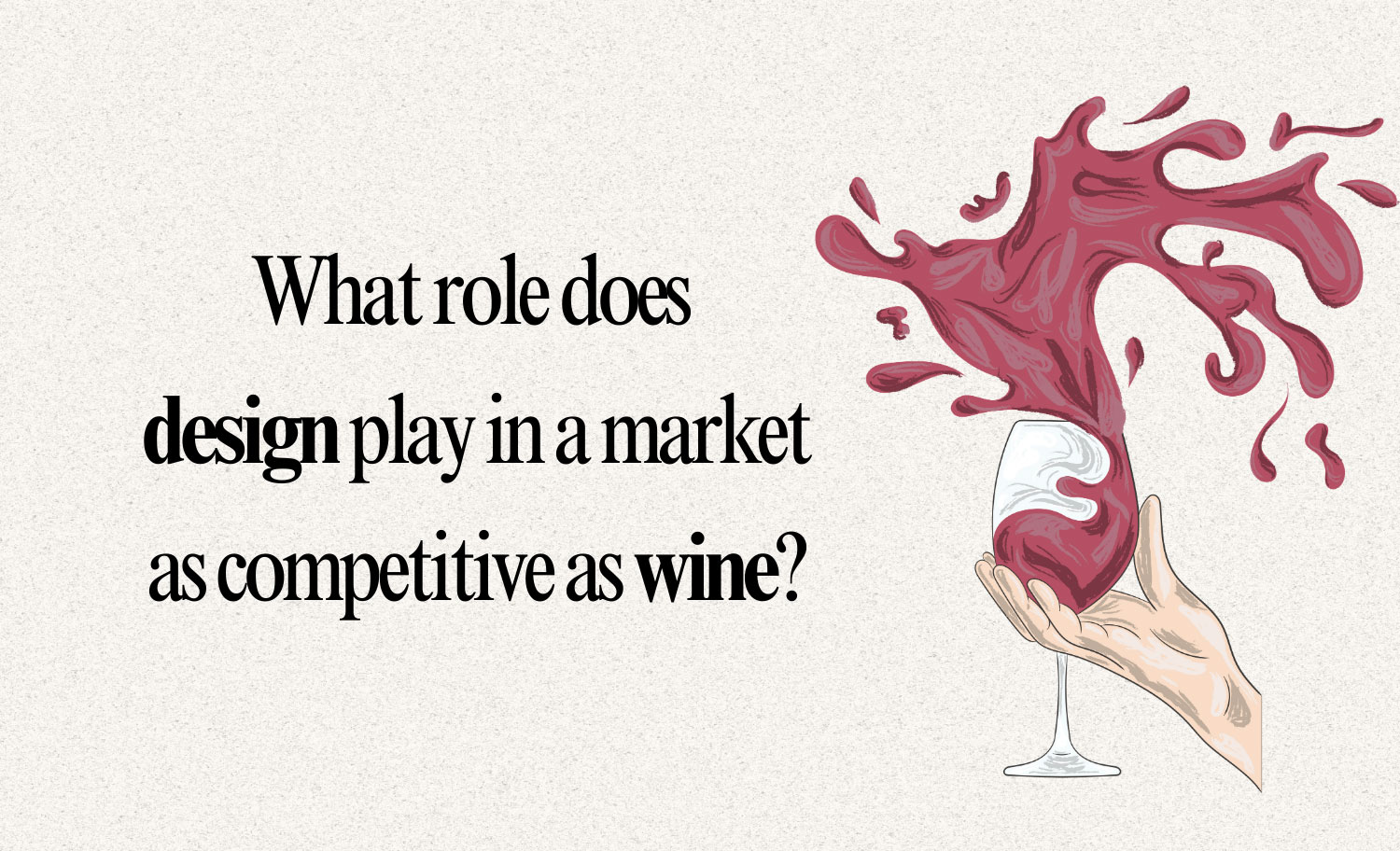What role does design play in such a competitive market as wine?
WE ASK DESIGNERS
On the occasion of World Design Day, at Grupo Argraf we wanted to shine a light on those who give shape to what often makes us choose one bottle over another: its label design. Happy Design Day to all designers!
In such a competitive market as wine, design is not just about aesthetics: it’s identity, it’s message, it’s emotion. And if anyone knows about this, it’s the designers we’re lucky enough to collaborate with. Great professionals and, moreover, great friends.
Here are some of their reflections:
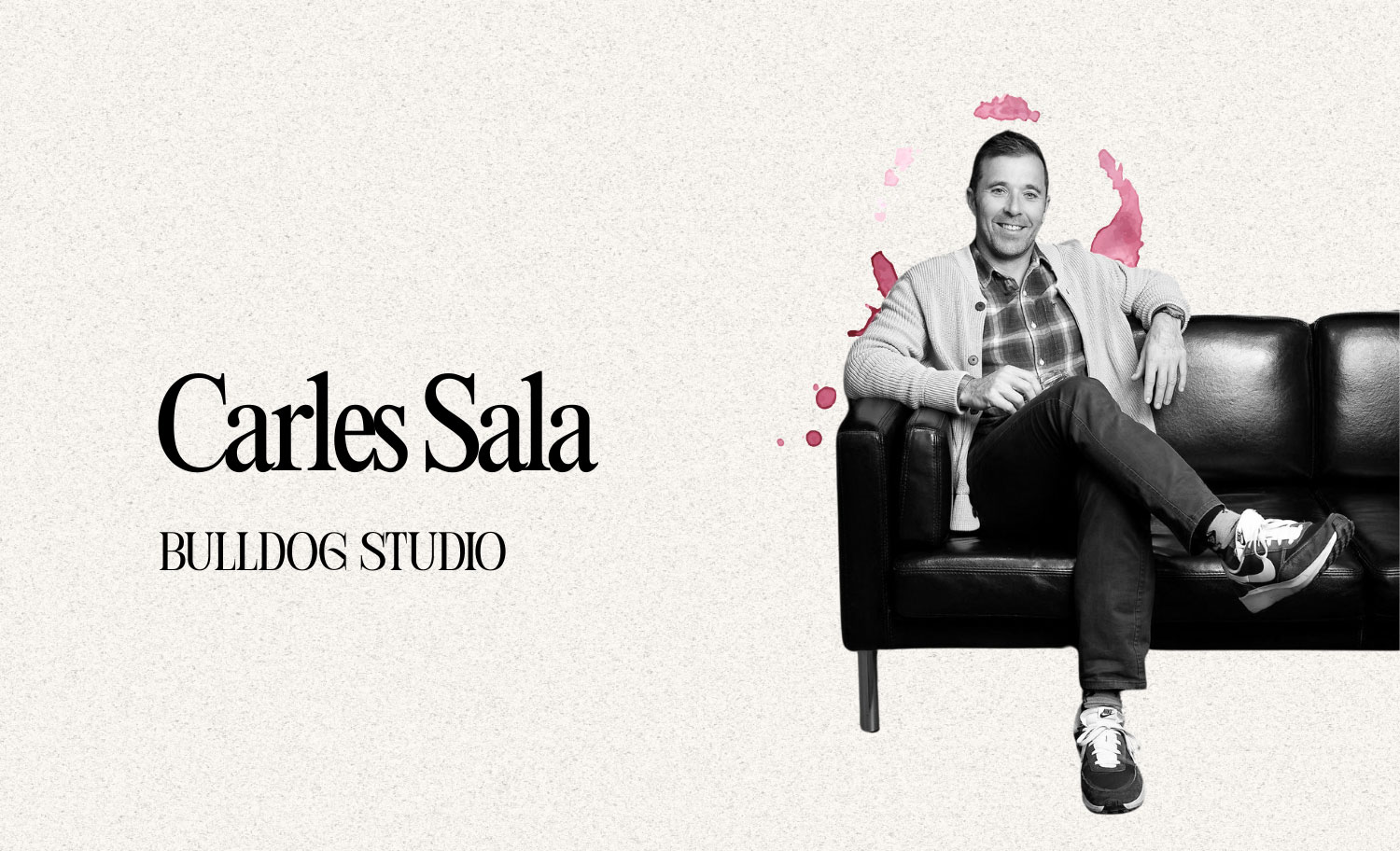
Carles Sala
Bulldog Studio
The tangible value of a brand is what the consumer perceives of it. Design is the tool that wineries have to elevate this perception among their consumers. With good design, we are able to capture and attract new customers through the perceived quality of the product.
Anna Serra
Grow
Design is key to standing out in a saturated market like wine. It not only communicates origin and values but also creates an emotional connection with the consumer. More than decorating the bottle, design seduces, tells stories, and sells. It’s the first sip, before the cork is popped — the silent salesman.
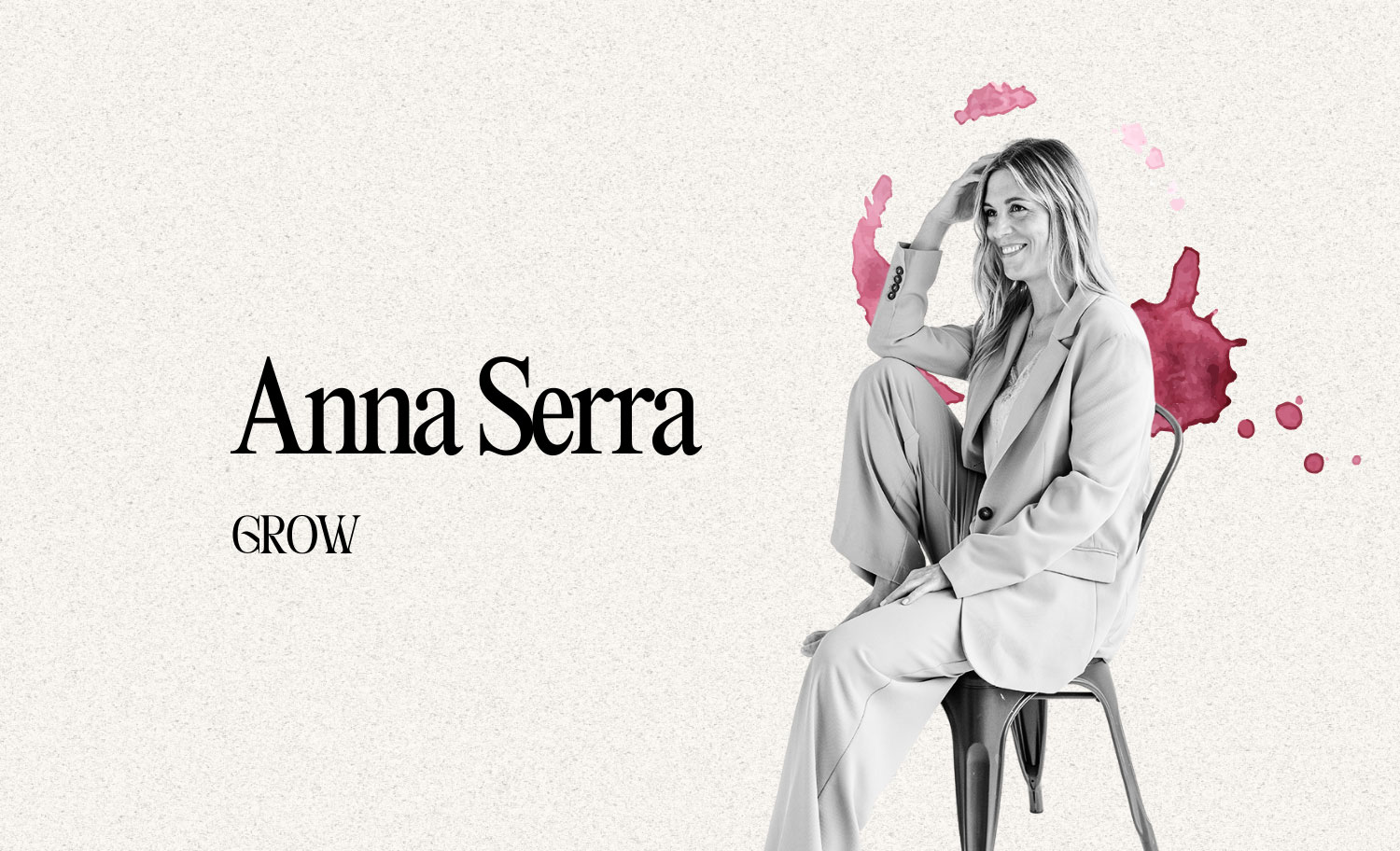
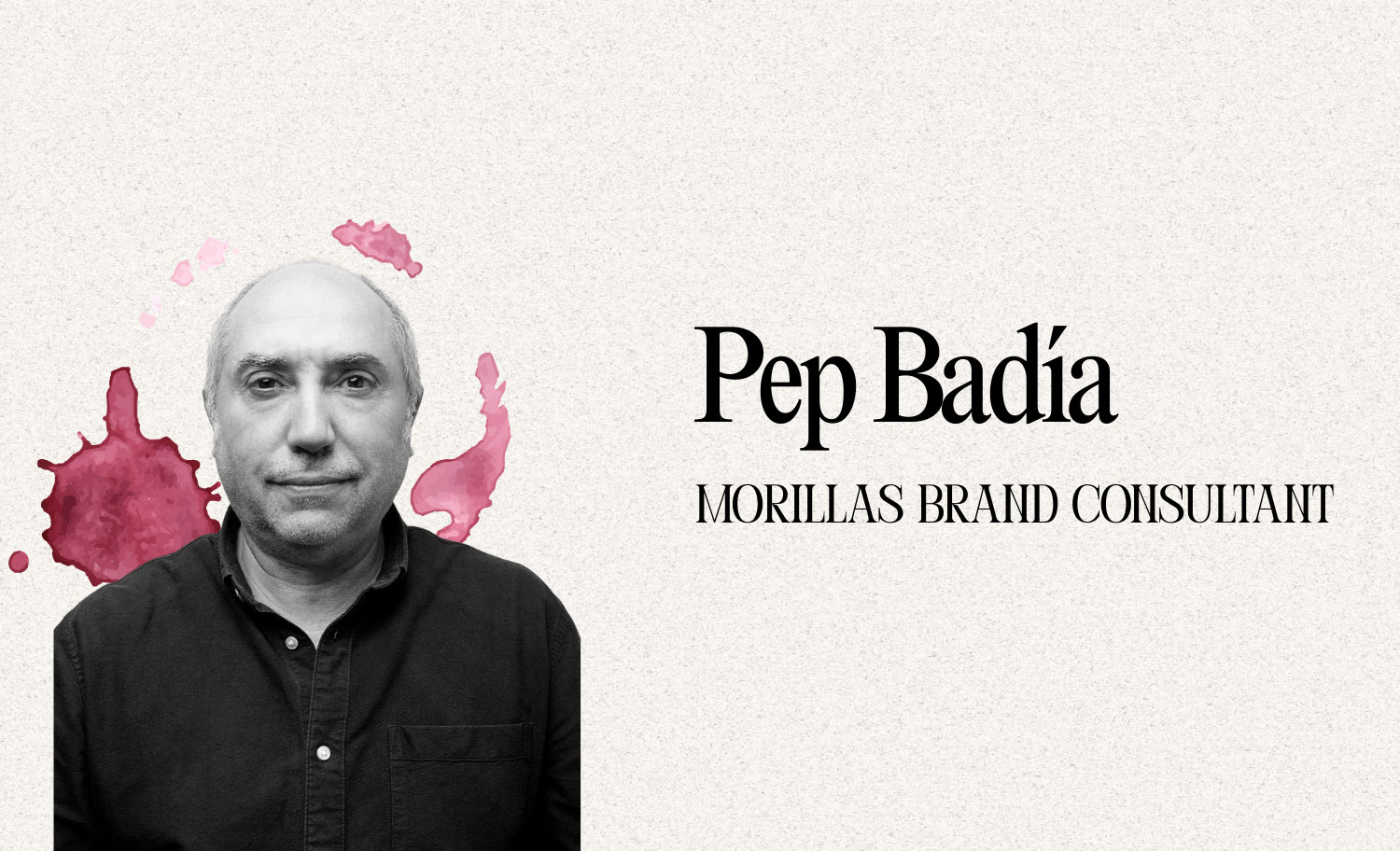
Pep Badía
Morillas Brand Consultants
Before tasting a wine, we see it. In the saturated wine universe, the label design is the beginning of the experience and the first chapter of its story. Its role is, if anything, even more vital than in other sectors. In those few seconds of decision in front of a wide range of options, an intelligent design instantly communicates the essence of the wine — its origin, quality, and personality. Every detail matters: from the purity of a minimalist composition or the careful selection of paper texture to the visual and sensory richness of special finishes like stamping. Thanks to advanced printing technologies, effects like stamping — once reserved for high-end products — are now more accessible tools, allowing for distinctive value to be added across a much wider price range and offering designers a vast creative playground. Brands that understand that design is a language that connects at first glance — whether they are new and seeking a place in the market, or established and aiming to reaffirm their identity — are the ones winning the battle for attention. In contrast, those who underestimate this power simply stop being chosen.
Miguel Ángel Del Baño
Maba
In such a competitive and saturated market as wine, design plays a fundamental role. But it must be strategic design — design that understands the needs, timing, and context of this sector in a personalized way for each client. When you know your client well, when you understand their needs and take the time to reflect with experience and market knowledge, then you can create something truly tailored that fits the client, makes them feel comfortable, and allows them to go out and compete showing who they really are.
Design is fundamental for us, but we’re talking about bespoke design. It’s like buying clothes: you can grab something off the rack, put it on, and make it work — maybe even wear it to a party. But you’ll never look as good as when a tailor makes a custom suit just for you, one that makes you feel comfortable, confident, represented. A suit that speaks for you without you needing to invent any weird speeches.
That’s why design is essential. Strategic design, tailored to fit, honest with the real needs of each client.
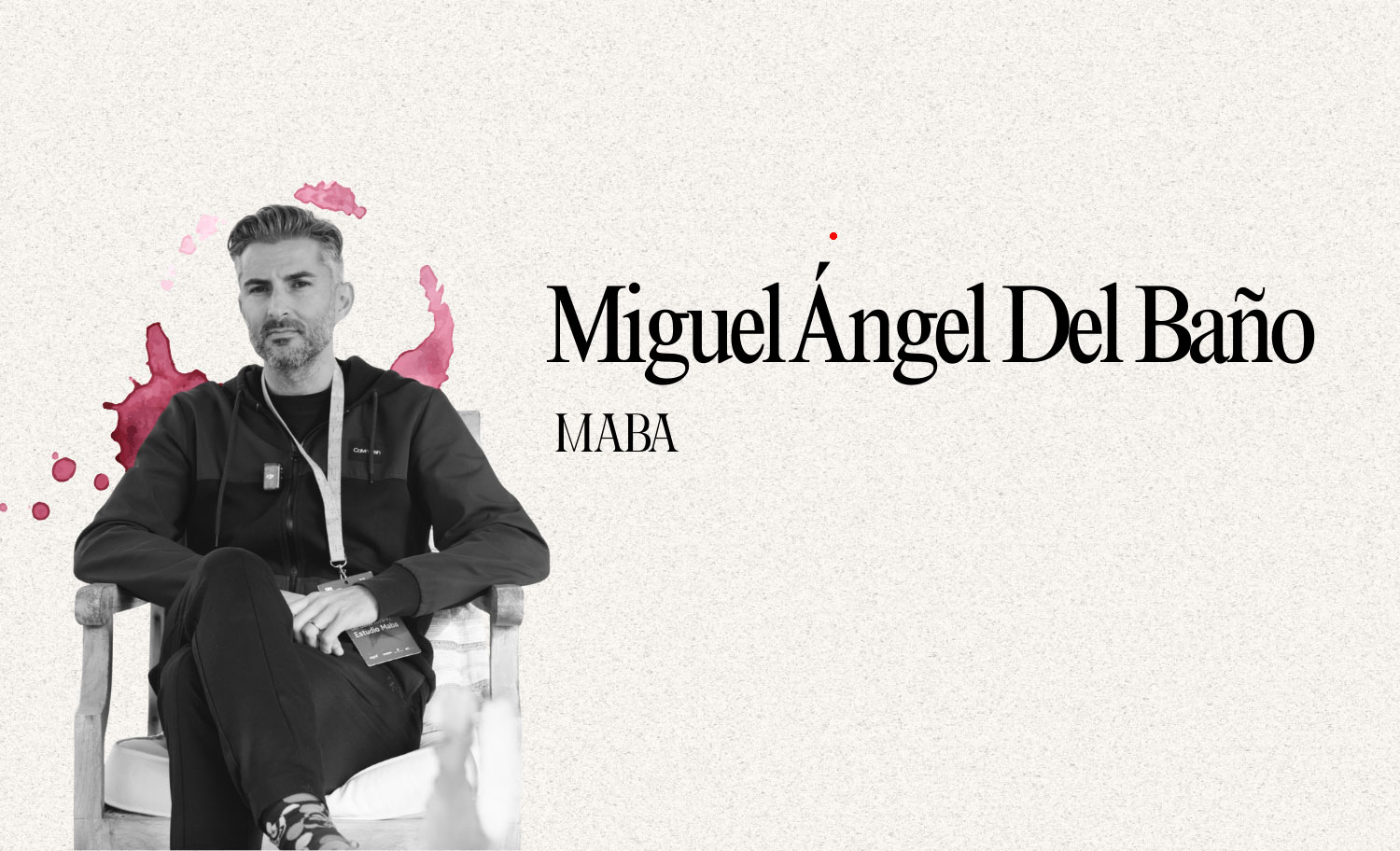
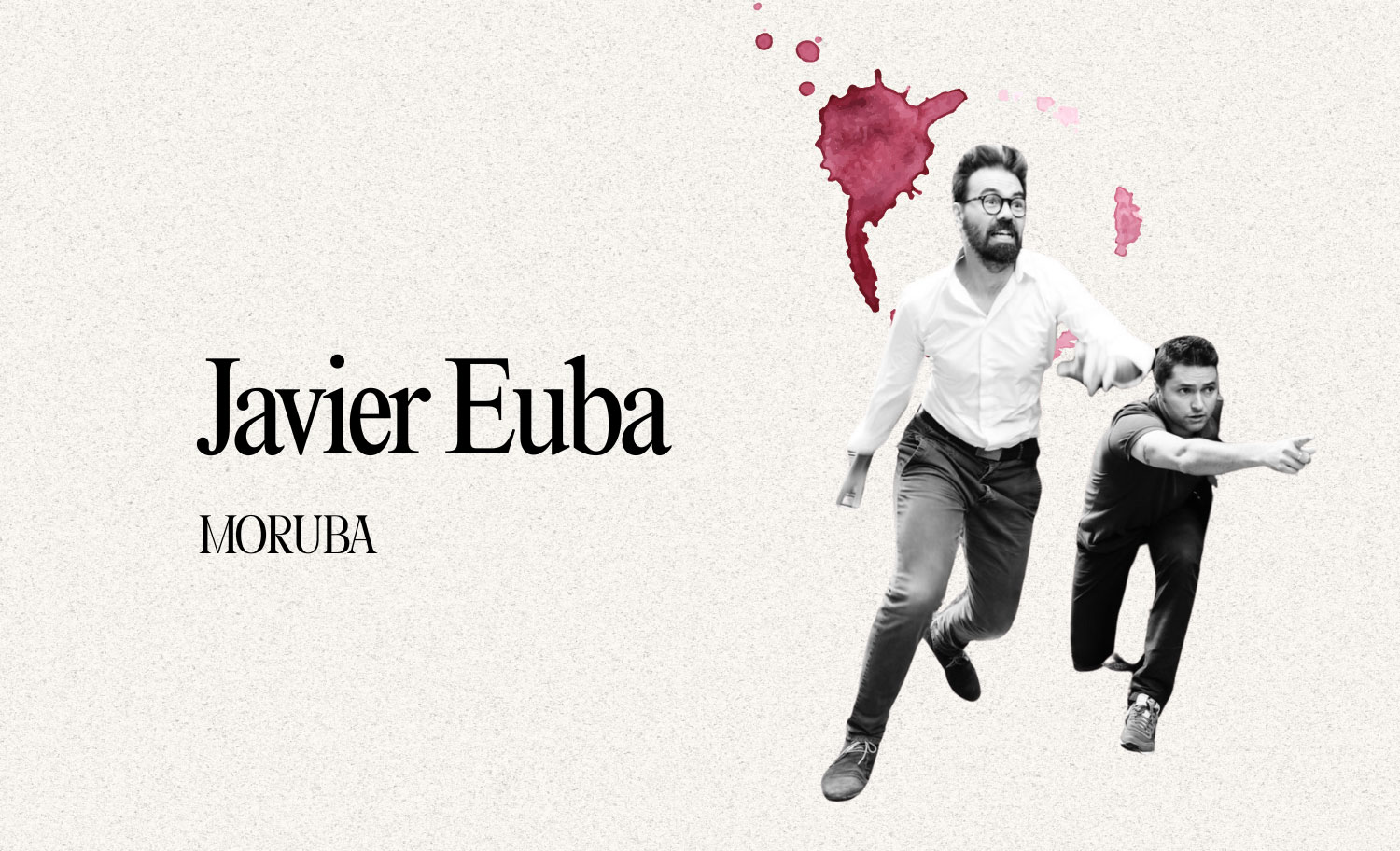
Javier Euba
Moruba
Design is a key factor for any product, and especially for wine given the number of brands, appellations, and varieties out there — it’s vital.
A well-executed packaging design will help generate brand recognition. The consumer will better understand the product they’re buying, and the overall experience will be positive for the brand.
Choosing a wine is a complex task, and that’s where design steps in — a memorable, well-crafted design that fits the wine’s profile will stand out and be seen as a desirable option.
Mónica Vildoso
La Vildi
To me, it’s about creating that “love at first sight” moment with the consumer.
In a market as saturated as wine, design — from the shape of the bottle to the label — is the first calling card, and also an act of seduction. It can spark true infatuation… or instant rejection. That’s how powerful that first emotional contact can be.
Of course, you can’t please everyone. The key is to express the winery’s and the wine’s personality in a way that’s authentic and attractive enough to win over your target audience.
And along that path, once the design is defined, the small details make all the difference: the typography, the paper, the printing finishes, etc. Everything matters, because when design seduces, it also positions — and that changes everything in the market.
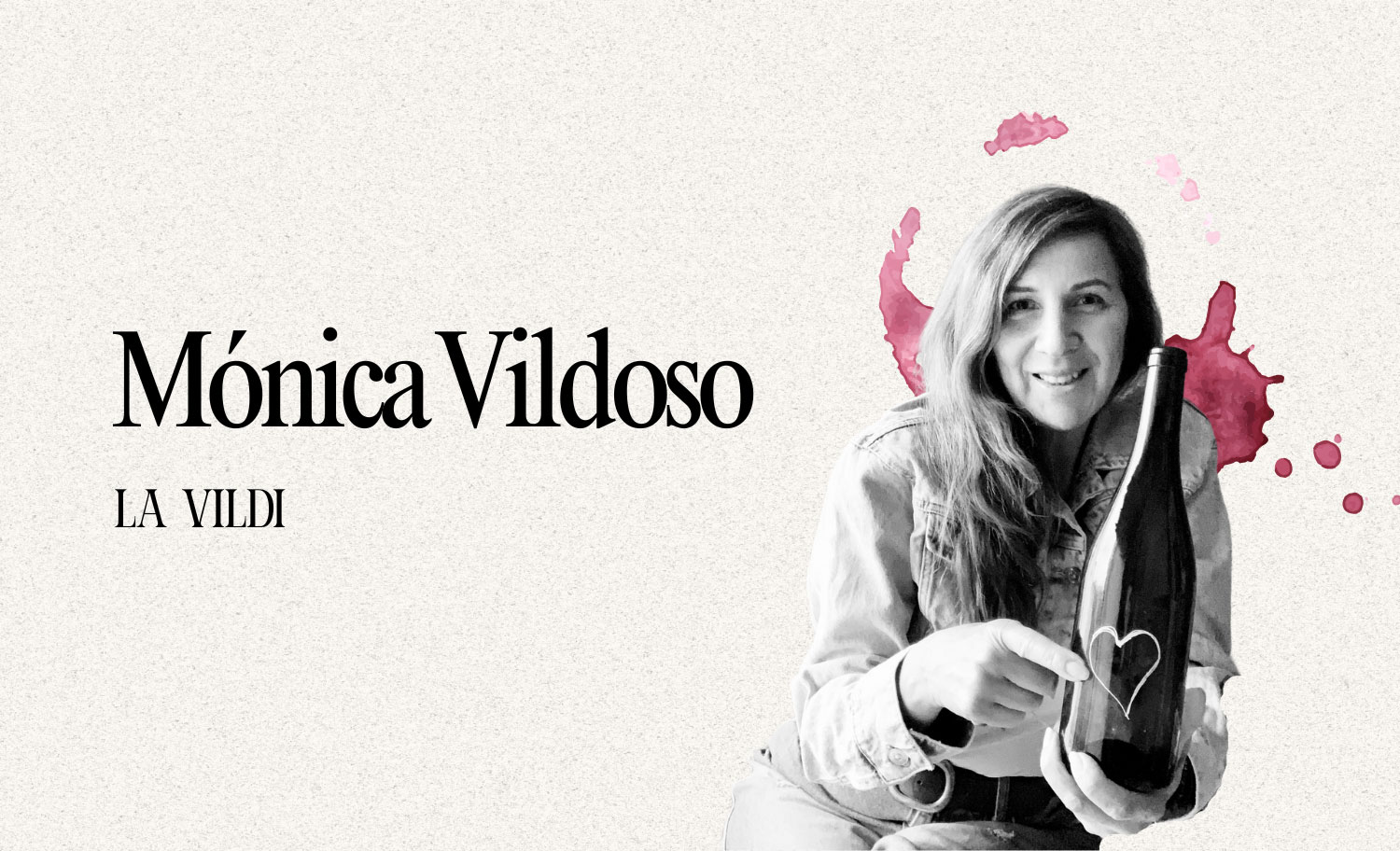

Eva Arias
Eva Arias – Graphic Studio
In a market as competitive as wine, design is much more than aesthetics: it’s a powerful strategic tool at the winery’s service.
It’s essential to stand out and differentiate, conveying a clear message (such as the wine’s story and what makes it unique) in a way that attracts and connects with a specific audience within a specific market.
An attractive, effective design, backed by a solid strategy and attention to detail, not only grabs visual attention but also tells the wine’s story, reinforces the perceived value of the brand, and creates an experience that builds customer loyalty.
Carles Anadón
Likit
Visiting a trade fair like Barcelona Wine Week or ProWine is like diving into an ocean of labels, aromas, and stories waiting to be discovered. Nationalities, varietals, aging processes, methods… the offering seems endless. And in the middle of this sea, each bottle is competing for just one second of our attention.
All those attributes, however elaborate, mean nothing until the bottle is uncorked. Until that moment, it’s all a promise. And for someone to take that first sip, we first need to seduce them.
That’s where design comes in.
That subliminal accomplice that speaks before the wine does — helping us tell people who we are, without using words. Color, shape, texture, typography, bottle… Design is like a first date: it either captivates, or we move on.
But beware: design alone can’t do everything. It can attract attention, spark curiosity, even stir emotions. What truly turns a good idea into an unforgettable brand is strategy. Only with strategy does design gain meaning and align with a clear purpose.
Because in today’s market, where consumption habits change with every sip, we need more than beauty. We need direction. And it’s in that union — design and strategy, emotion and reason — where brands find their place, and bottles their destiny.
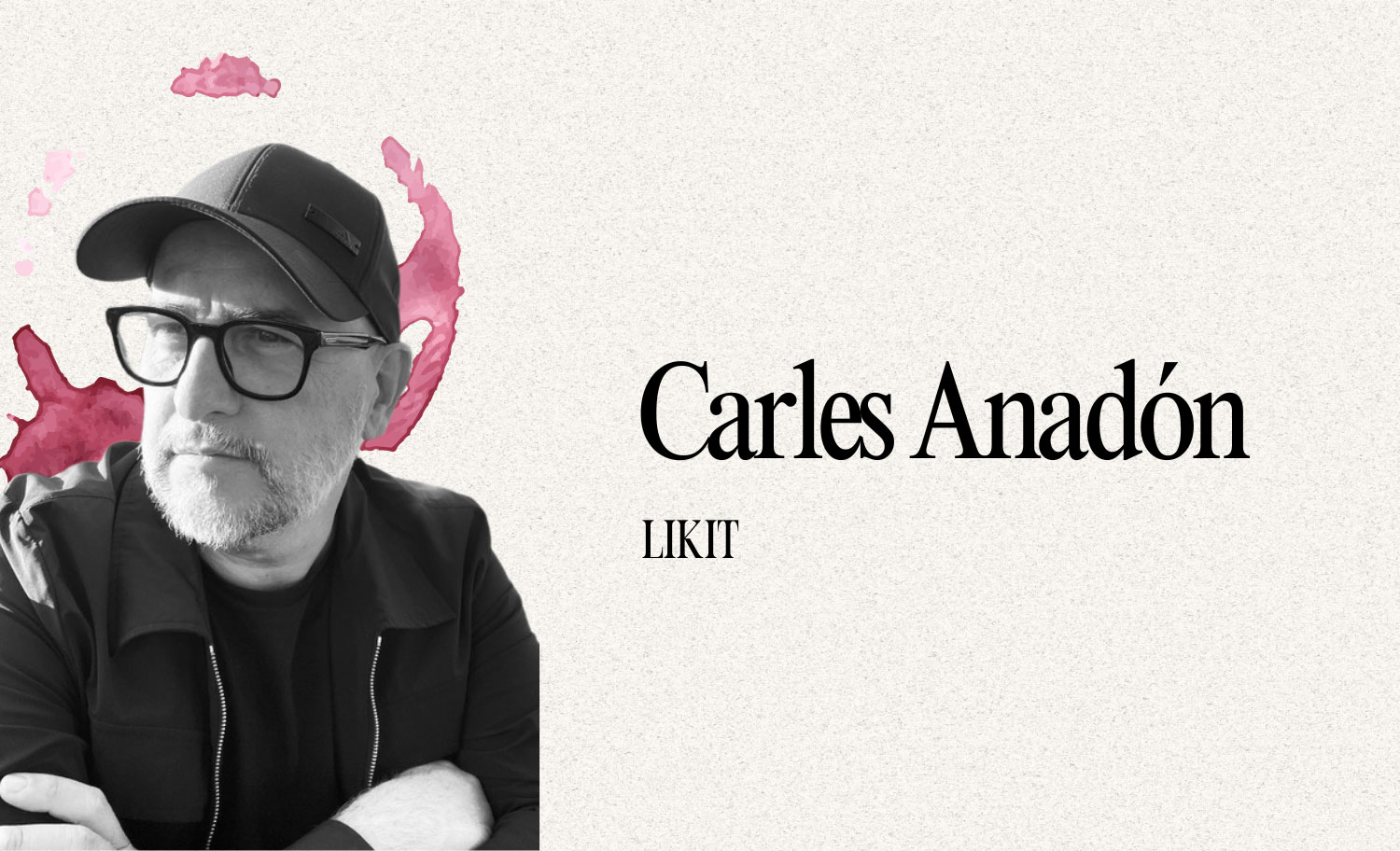
Design as Choice, Emotion and Strategy
After reading all these reflections, it’s clear that design is not just decoration, but a powerful tool to communicate, evoke emotion and stand out in a demanding market like wine. It is the first contact, the visual promise, the spark that ignites the consumer’s interest even before tasting the product.
At Grupo Argraf, we are proud to be part of this process alongside designers who understand not only aesthetics, but also strategy, storytelling and sensitivity.
To all of them, thank you for inspiring us every day. And to those who also choose wine with their eyes, thank you for appreciating the work behind every label.

